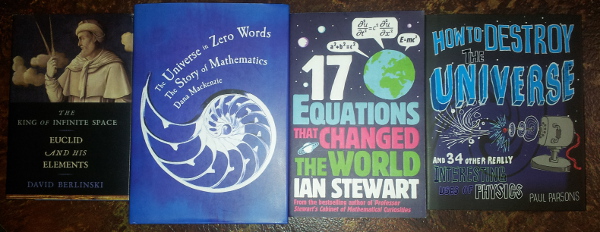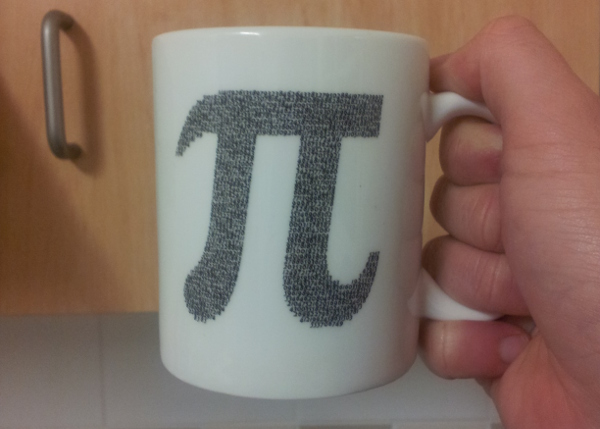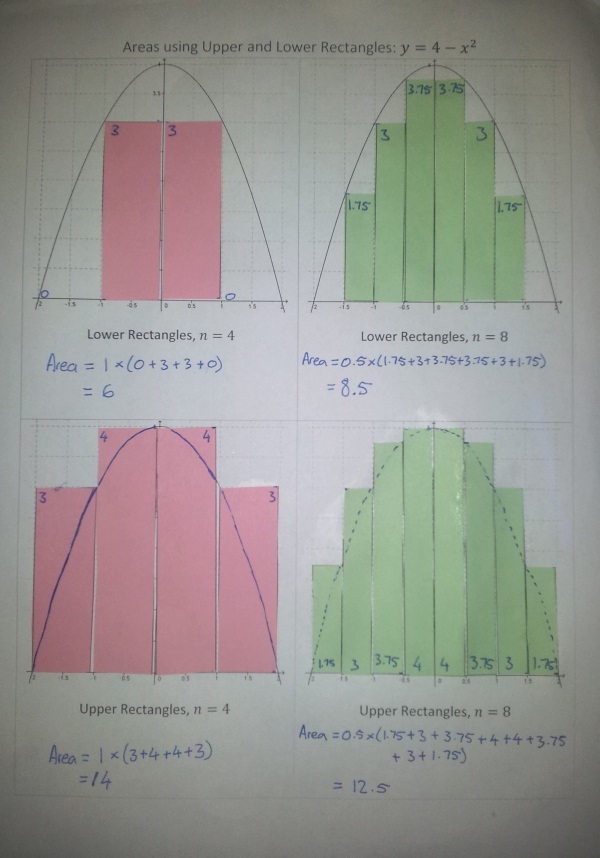We made it home and I’m incredibly tired, but now it’s school holidays 🙂 After re-reading my post about going to Canberra with Year 7 & 8, I’ve realised how pessimistic I sounded. In fact, it was a really good time, and our students were very well behaved. There’s a few things I want to write about in detail, eventually, but for now I’ll just make a note of a few of the things that happened:
- I really enjoyed the National Portrait Gallery. I know! Not really what I expected either. A lot of this was from our tour guide, who didn’t just show us the artworks, but involved a number of different educational activites and got the students to think about what they meant within a theme of “Australian Identity”. I wouldn’t be at all surprised if she used to be a teacher.
- The War Memorial continues to be one of the most moving places I’ve been to. I really need to find an opportunity to visit Canberra again so I can spend a whole day there.
- Questacon is still one of my favourite places in the world. Of course this was always going to be my highlight, but I think it was for a lot of the kids as well. If you don’t know what Questacon is, it’s basically a gallery of a whole range of hands-on science demonstrations and activities (including a decent smattering of maths).
- Also from Questacon, I probably spent too much in the shop. I don’t get many opportunities to buy books about maths where I live, and my collection consists of mostly uni textbooks. So I picked up some holiday reading. (Admittedly, one of them is about physics).

- Also: pi mug!

- After I scored better than the kids at ten pin bowling, some of them have taken to calling me “Mr. Skills”. They starting talking about me similarly to how the internet talks about Chuck Norris. When we visited Parliament we met our local member – after they saw me chatting with him, these kids became convinced that I “know him from way back”. They started telling stories about me secretly being friends with the Prime Minister and actually being the one in charge of federal politics. I’m a little worried about where this might lead…
- Other than the strange rumors being started about me, it was great to get to know these kids and to have them get to know me. I don’t actually teach either of these classes, so a lot of them have previously just been names and faces to me. If I teach them in the future, it should make the start of the year a lot easier.
- I spent all week limping around Canberra after being hit by a hockey ball on my ankle last Saturday. But it’s OK now – it’s been balanced out by being hit on my other foot today. I think it really is time to have a rest.
